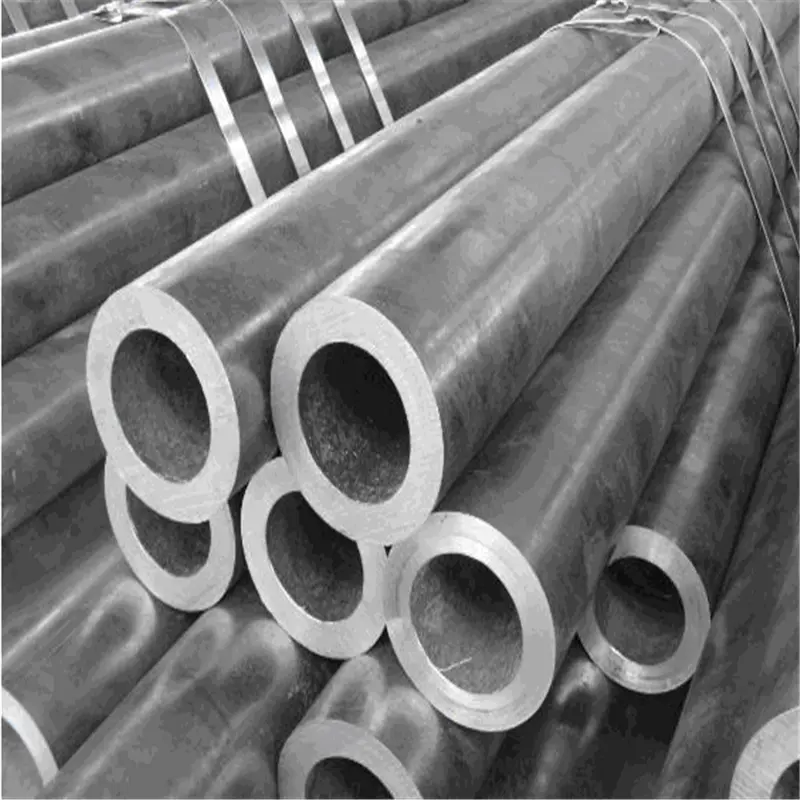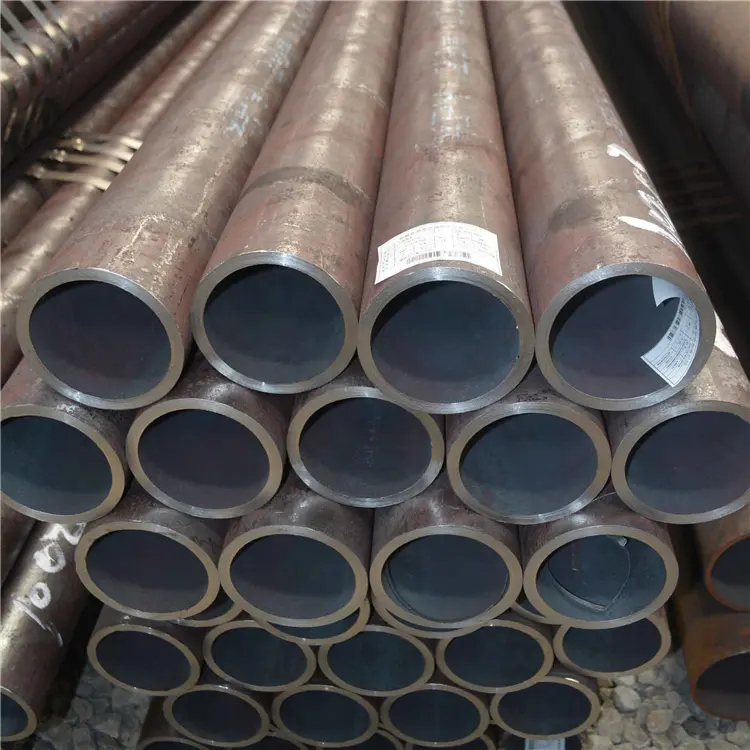What is the difference between seamless steel pipe and seamed steel pipe?
Seamless steel pipescan be used to transport fluids (such as natural gas, oil, water, etc.), certain solid materials, etc., and are also an economical steel material. Using Steel Pipes to make grids, pillars and mechanical supports for building structures can reduce costs.


1. Different processing techniques. Seamless steel pipesare made of high-quality carbon steel or alloy steel. The processing techniques of seamleSs Steel pipes include cold drawing and hot rolling, while seamed pipes are generally welded.
2. Different uses. Seamless steel pipes are mainly used as pipes or structural components for transporting fluids, and are mainly used in the machinery industry. Seamed steel pipes are mainly used for fluid and gas transportation in the construction industry, such as low-pressure fluids such as water, gas, and compressed air. Pressure pipelines generally use seamless steel pipes.
3. Under normal circumstances, the operating pressure that seamed steel pipes can withstand is below 20 kilograms, which is the safe use range. It is usually used for low-pressure fluids such as water, gas, and compressed air. Seamless pipes can withstand ultra-high pressure, and of course their wall thickness will increase accordingly. This needs to be designed according to the required pressure. They are often used in high-temperature and high-pressure equipment such as high-pressure oil pipes and boiler pipes. There are also seamless pipes for structural use, which depends on the design requirements.
At present, there are several types of seamless steel pipes that have been treated with seamless treatment, and the welds have been annealed. The pressure range is basically the same as that of seamless steel pipes. You can consider using them. There are also some seamless steel pipes on the market that are drawn or rolled with core heads after overall heating. The specifications are smaller. Such steel pipes are only seamless steel pipes in appearance, and their essence is not very ideal.
4. Differences in use. Seamless steel pipes are made by cold drawing and hot drawing, and are generally used for medium pressures equal to or greater than 1.6MPa. Seamed steel pipes are formed by high-frequency welding of butt joints after steel plates are formed, and are suitable for medium pressures less than 1.6MPa.
5. Different production processes
Seamless steel pipes: round billets are heated and perforated, and are formed by rolling, drawing or extrusion, and the entire pipe body is seamless.
Seamed steel pipe (welded steel pipe): It is formed by curling steel plates or steel strips and then welding them. Common processes include high-frequency welding (ERW), submerged arc welding (SAW), etc. The pipe body has an obvious weld.
6. Performance characteristics comparison
Strength and pressure bearing capacity
Since seamless steel pipes have no welds, the overall structure is uniform and the pressure bearing capacity is stronger, which is suitable for high-pressure environments (such as petroleum and chemical industries).
There may be weak points at the welds of seamed steel pipes, but the performance is sufficient in medium and low pressure scenarios (such as building structures and water pipes), and the cost is lower.
Precision and surface quality
The inner and outer walls of seamless steel pipes are smoother, with high dimensional accuracy, suitable for precision instruments or fluid transportation.
Due to the limitations of the welding process, the surface of the seamed steel pipe may need further treatment (such as grinding) to improve the finish.
Cost and production efficiency
The production process of seamless steel pipes is complex, energy consumption is high, and the price is usually expensive.
Seamed steel pipes have high production efficiency, can be produced on a large scale, and the price is more competitive.
7. Differences in application scenarios
Seamless steel pipes: widely used in high-pressure boilers, oil and gas drilling, military equipment, hydraulic systems and other fields with high safety requirements.
Seamless steel pipes: commonly used in building scaffolding, municipal drainage, low-pressure fluid transportation (such as tap water pipes), furniture manufacturing and other scenarios.















